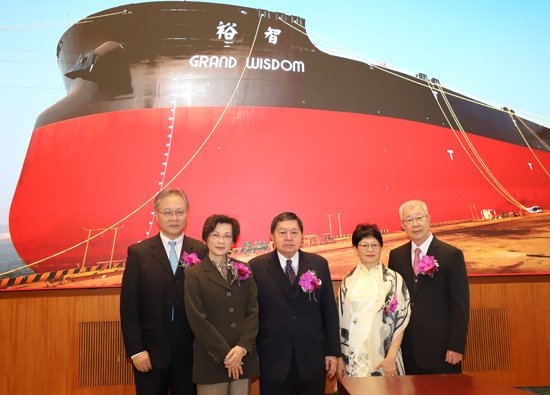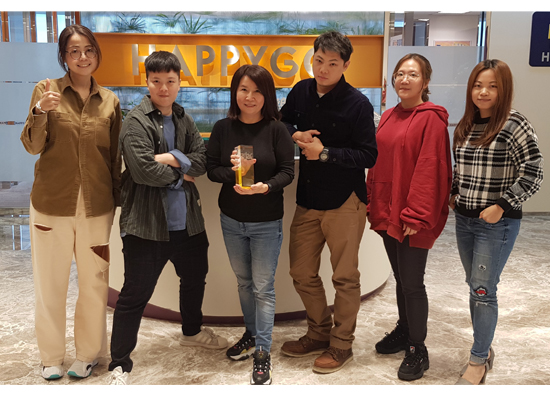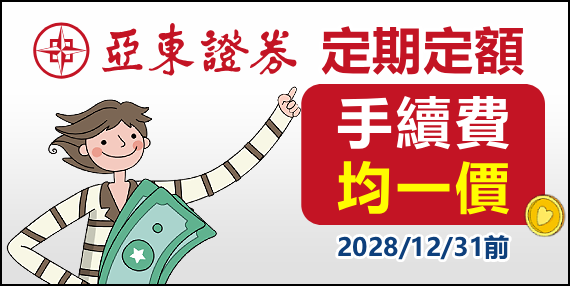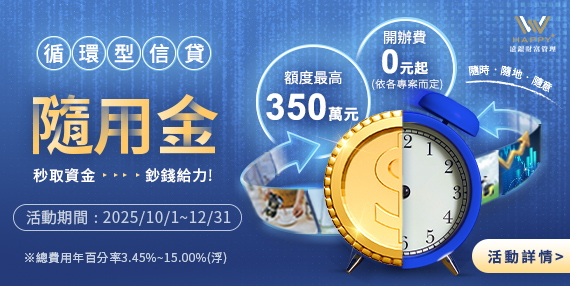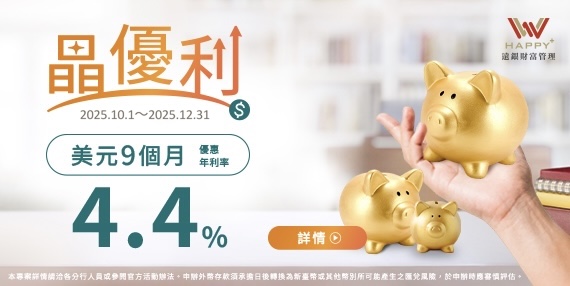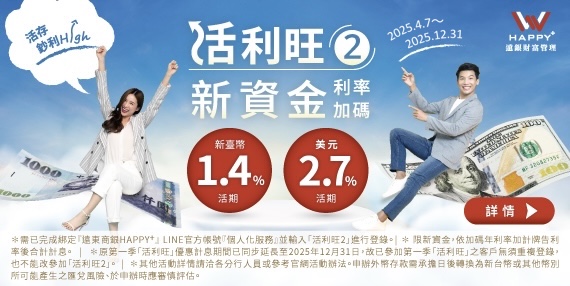02.2021 Leader's Remarks
Define a Vision for the Future--communicate via your brand
Far Eastern Group Chief Innovation Officer / Jeff Hsu
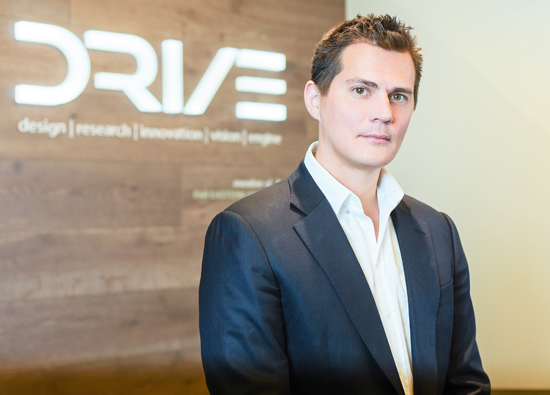
“Brand” is the corporate’s identity that represents the corporate’s history, value, promise, culture, and its visual identity system. “Vision” defines the future and sets the direction for the management team. It helps each team member to understand the existence of the enterprise, its future direction, and its goal.
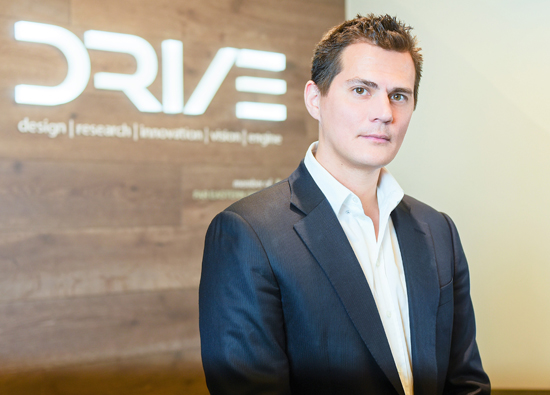 “Brand” and “Vision” should coexist to serve as the context of the enterprise and the direction of the future. Without a defined “vision,” no matter how perfect is the “brand”, how strategic is the planning, it will not be very helpful.
“Brand” and “Vision” should coexist to serve as the context of the enterprise and the direction of the future. Without a defined “vision,” no matter how perfect is the “brand”, how strategic is the planning, it will not be very helpful.
It is worth noting that brand should stay consistent and should not be changed for the sake of changing. When an enterprise exhibits the following six situations, the brand would need to be repositioned:
1. There is changes in the external environment that cause the changes in the targeted market.
2. There is changes in strategic goals, products, services, and competitiveness to the enterprises.
3. There is reduction in brand relevancy such as changes in target audience that the brand becomes obsolete or unrelated.
4. There is no realization of corporate promise or the brand image can be easily confused with others.
5. When there is an acquisition or a merger with a new company, the brand needs to be recreated to seek confidence from consumers.
6. When the brand lacks the connection, such as the connection with employees, or if the brand is not deemed fit for the company’s businesses.
Every company and industry is different, therefore enterprises must understand the global changes and find developments in their respective industries in order to build a solid vision. Through their proactive transformation, their brands can be rebuilt. Brands should not be modified without a clear and defined vision. For instance, Lego, the legacy toy manufacturer, the toys have been popular since its inception until its first crisis in 1998. They adjusted their brand and developed more varieties of products aggressively in order to save their businesses with no success. It has even considered to sell its company in 2003. In fact, there is no challenge to the Lego brand itself. The company has simply lost its vision. Through the help of Jorgen Vig Knudstorp, who used to work in McKinsey, has reset its vision and streamlines its product structure to focus on the brick itself as well as strengthened digitalization and integration with physical channels. This has revamped Lego fundamentally. This serves as a vivid example of the significant impact from resetting the vision to a company’s businesses, profitability, and brand value.
Another example demonstrated through the Far Eastern Group’s affiliate, U-Ming Marine Transport, Inc., has reset its vision and related brand visual identity since three to four years ago. U-Ming is more than a bulk shipping company, it is the global marine logistics company with focus in environment and safety. It has also integrated its teams as well as its digital communication and operation platform. Although its new vision is still undergoing, it has demonstrated a gradual success already. Not only the rate of incidents has been reduced, it has also received recognition for its efforts globally.
Lastly, I would like to share the five key points for scenarios that are suitable for resetting the vision`:
1. The vision that can point the direction for enterprises, so colleagues can understand the meaning for the existence of the company and its future direction.
2. It has to be long lasting and sustainable (at least five to six years).
3. It has to be brief and succinct that stays within one page.
4. It should be able to depict the blueprint for the future.
5. It can aspire the passion among employees.
#



